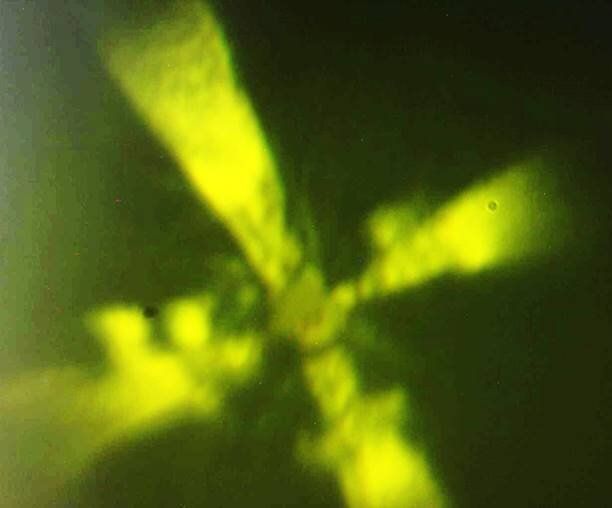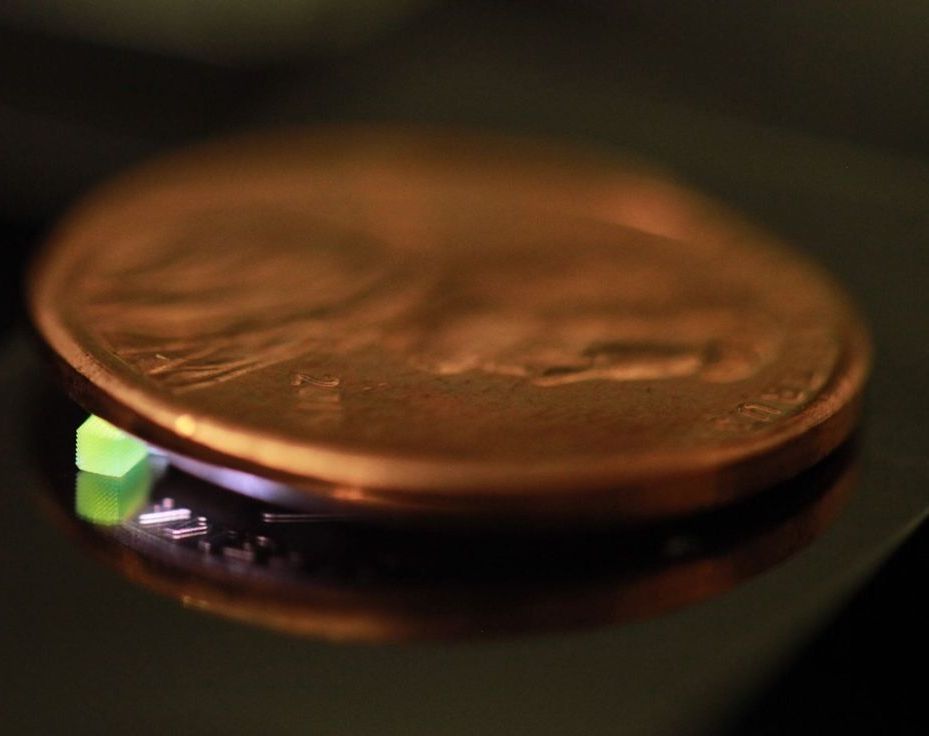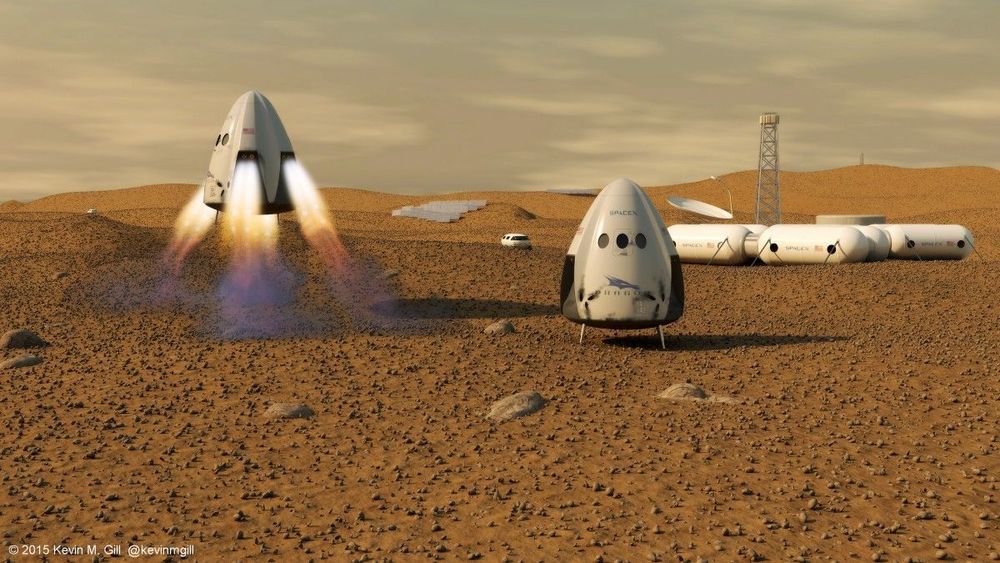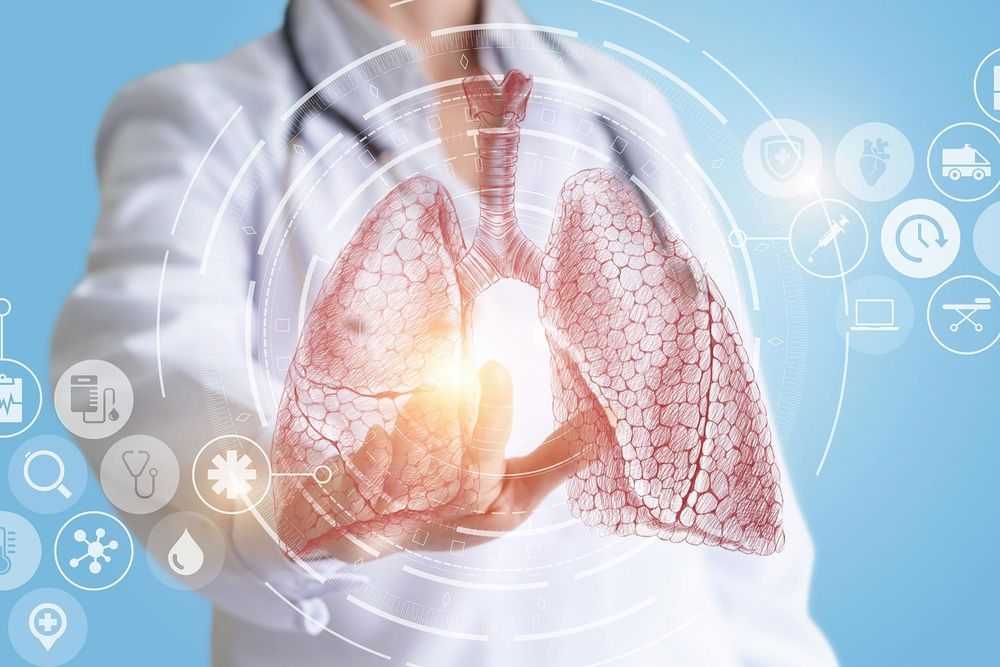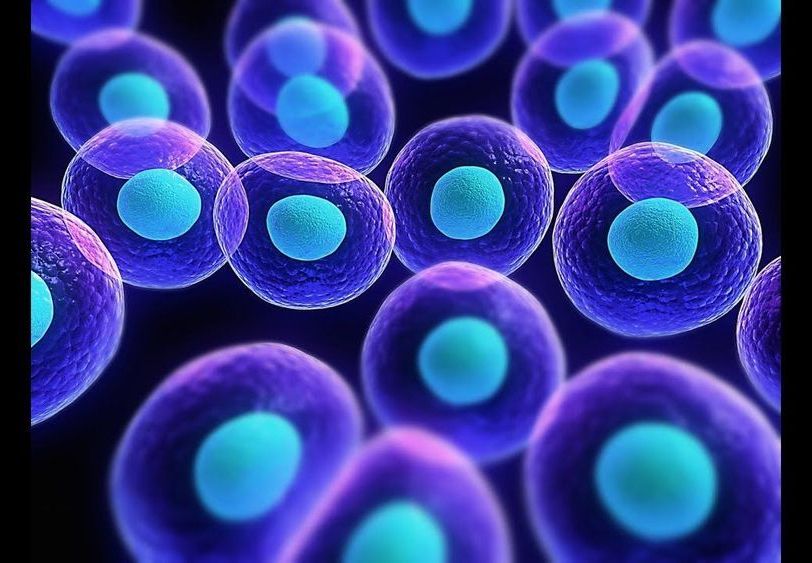Oct 4, 2019
NASA global hackathon returns to the Philippines
Posted by Michael Lance in categories: education, space
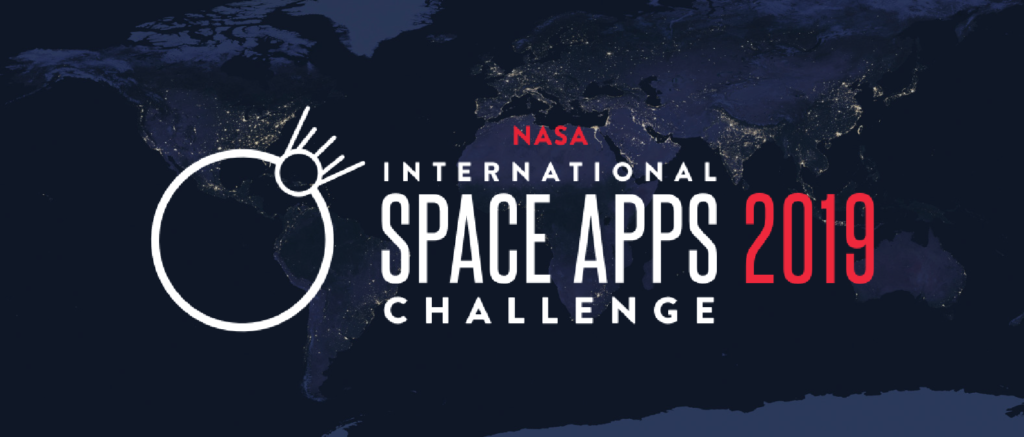
MANILA, Philippines — Now in its 8th year, Space Apps is an international hackathon for coders, scientists, designers, storytellers, makers, builders, technologists, and others in cities around the world, where teams engage with NASA’s free and open data to address real-world problems on Earth and in space. Space Apps 2018 included over 18,000 participants at more than 200 events in 75 countries.
Since its inception in 2012, NASA’s International Space Apps Challenge has become the world’s largest global hackathon, engaging thousands of citizens across the globe to use NASA’s open data to build innovative solutions to challenges we face on Earth and in space.
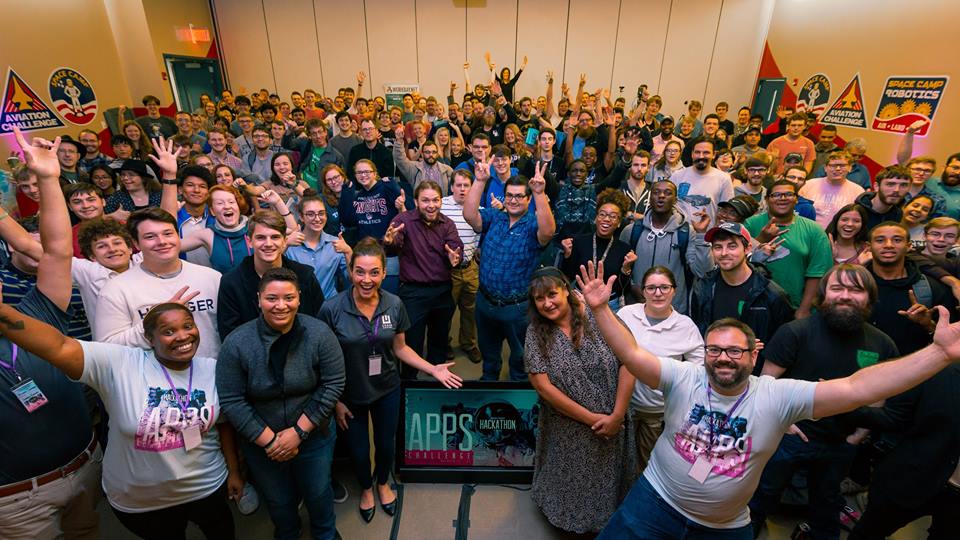
The NASA International Space Apps Challenge (or Space Apps) is an international hackathon that will take place over a 48-hour period in cities around the globe between October 18 and 20, 2019. The event embraces collaborative problem solving with a goal of producing open-source solutions to challenges we currently face on Earth and in space.

In the Philippines, it is the fourth time for this event to take place again in Manila on October 18 to 20, 2019. “I am thrilled and excited to continue the tradition of inviting students and professionals, beginners and veterans from the Philippines to join this prestigious global hackathon by NASA,” software developer Michael Lance M. Domagas said, who is currently leading the hackathon since 2016. “In fact, a Pinoy team winning globally last year makes Filipinos inspired to use these technologies in helping the society we live in, especially now that a law has been passed creating the Philippine Space Agency,” he added.
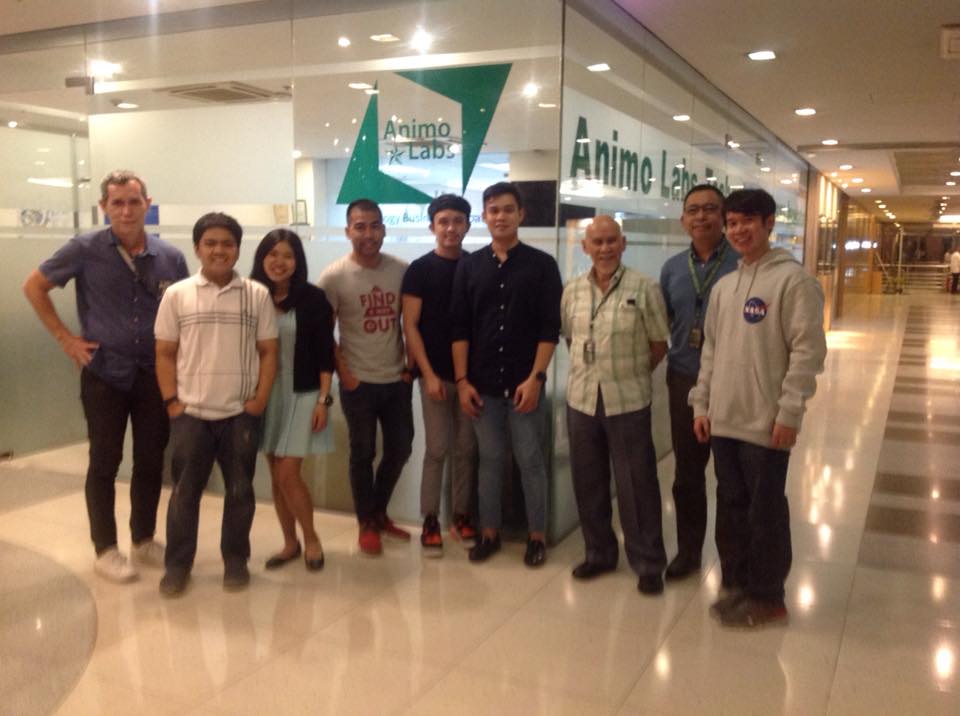
The Pinoy winning team who developed an app seeking to use scientific data to benefit fishermen, even without Internet connection, is being incubated at Animo Labs, the technology business incubator of De La Salle University in partnership with DOST-Philippine Council for Industry, Energy and Emerging Technology Research and Development. “Animo Labs looks forward to see these kinds of projects being developed by Filipinos with the help of NASA data and resources, and we are happy to host it again at De La Salle University,” Animo Labs Executive Director Mr. Federico C. Gonzalez said.
